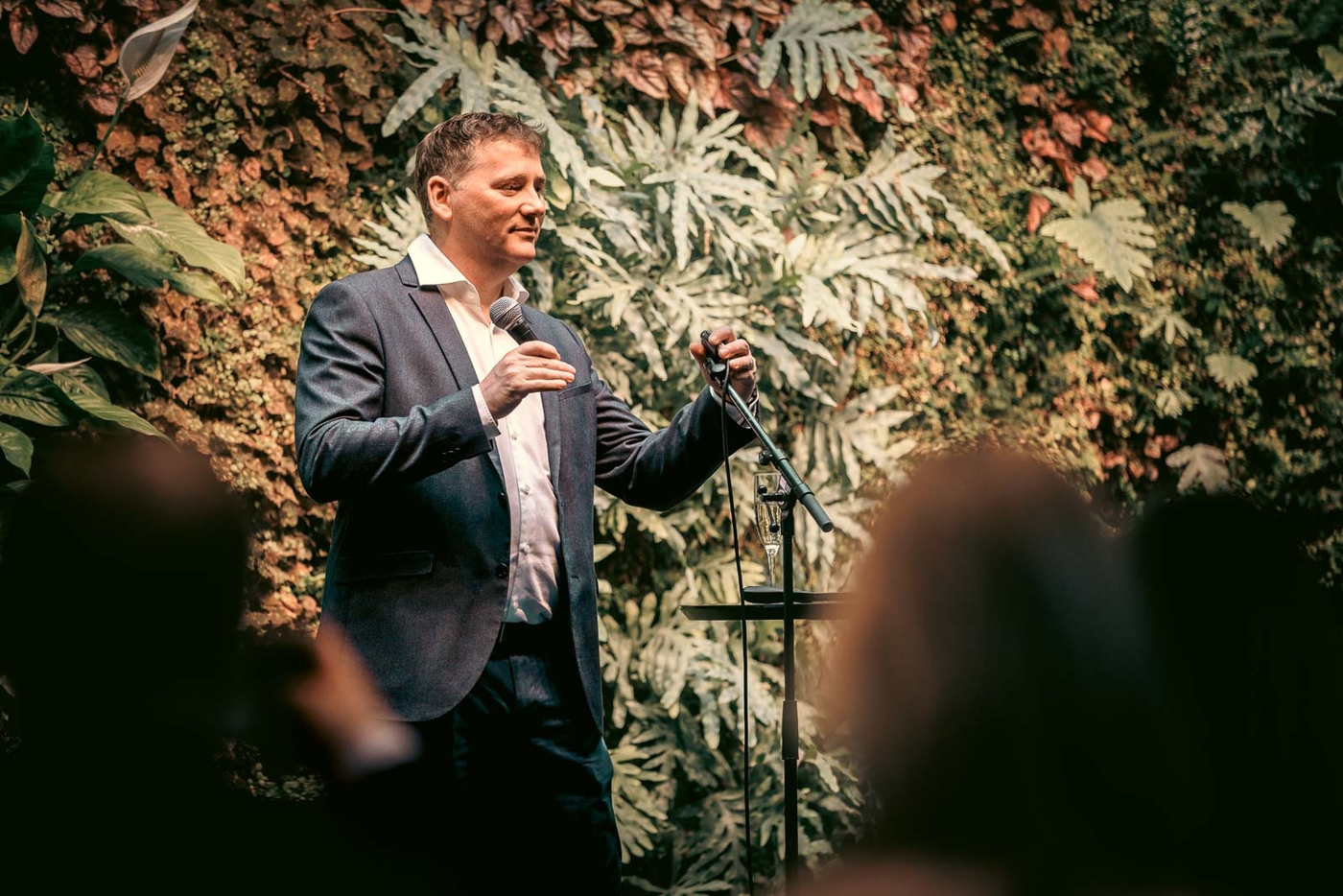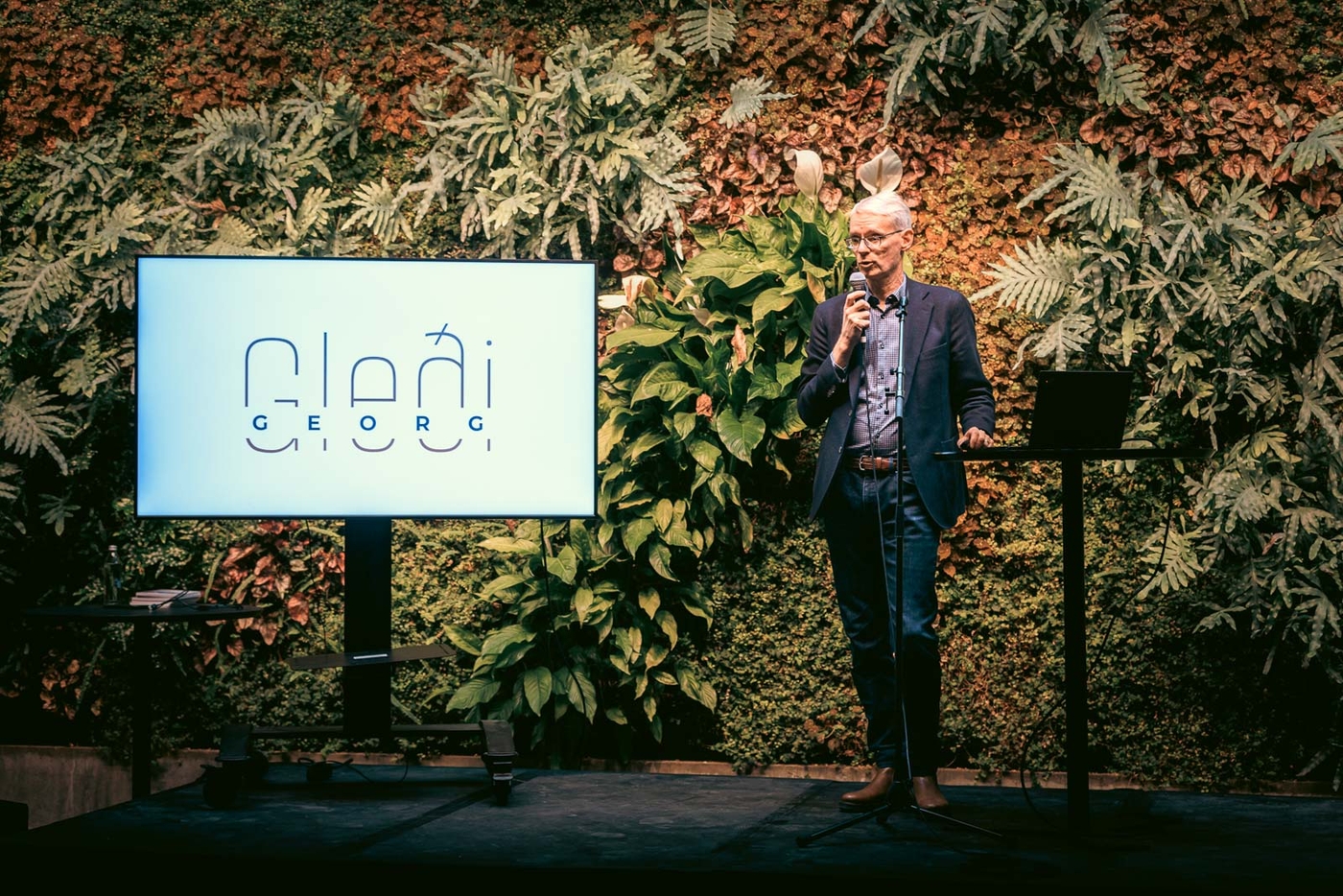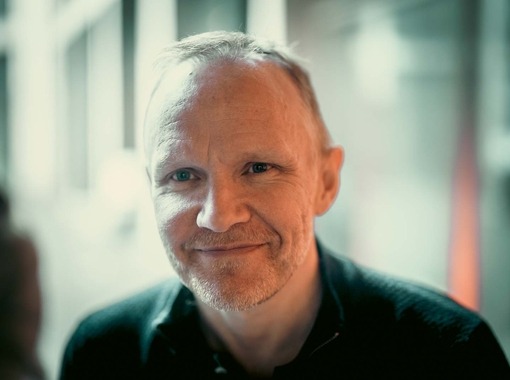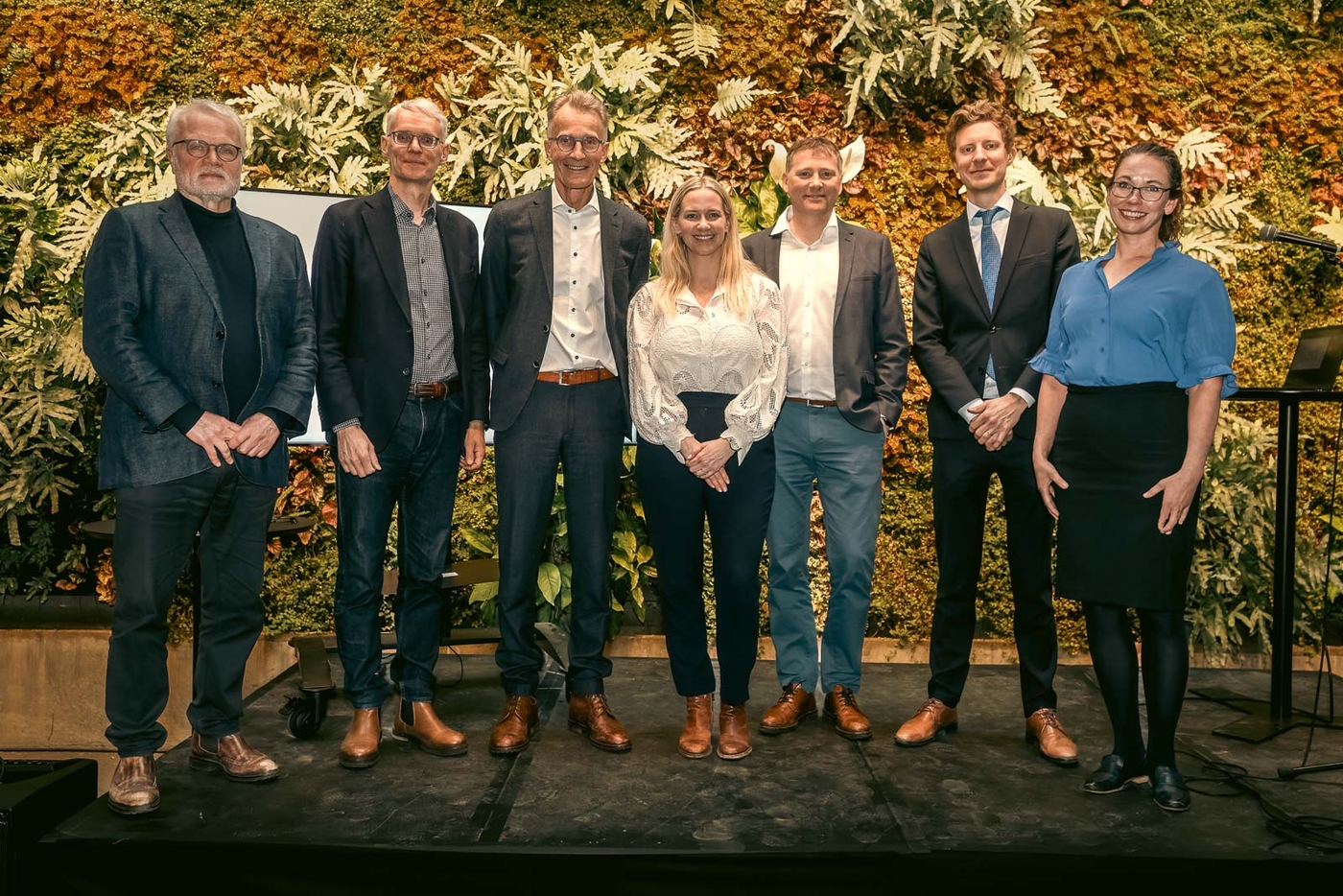GEORG, a research-driven geothermal cluster initiative led by the University of Iceland, recently celebrated its fifteenth anniversary. GEORG has created numerous opportunities for students and staff at the University. One GEORG project, Krafla Magma Testbed, which aims to dramatically improve our ability to predict volcanic eruptions and develop innovative energy solutions, recently became an independent institute with a bright and exciting future.
GEORG is a non-profit organisation to support research and sustainable use of geothermal energy here in Iceland and around the world. The 23 members of GEORG include university and research institutes, energy companies, and engineering and consulting companies in Iceland and abroad; united by a commitment to reducing our reliance on fossil fuels.
Total cost of projects affiliated with GEORG exceeds ISK 65 billion
"GEORG was founded using a grant from the Science and Technology Policy Council in 2009. The grant was ISK 70 million per year for 7 years or ISK 490 million in total. That is the largest grant ever awarded to an Icelandic project," says Hjalti Páll Ingólfsson, managing director of GEORG.

Hjalti Páll Ingólfsson, GEORG CEO.
GEORG supports members by hosting projects and, according to Hjalti, has been entirely funded by collaborative projects after the end of the original grant period. "The biggest projects we are involved with are GEOTHERMICA, DeepEGS, GECO and now KMT www.kmt.is," explains Hjalti. From all the projects completed with GEORG, over ISK 1.3 billion has passed through the organisation's office, out of a total cost of over ISK 65 billion.
A powerful platform for recruitment and innovation
According to Hjalti, the strength of GEORG lies not least in the fact that it provides independent hosting for projects, as well as promoting stronger connections between research and exploitation of geothermal energy. GEORG has also promoted recruitment in the geothermal sector by supporting students at all levels of higher education to get involved with research. "GEORG has awarded grants to four postdoctoral researchers, 35 PhD students, 38 MS students and two BS students," he explains.
The research cluster has also had an international impact, since GEORG has been a member of the Energy Committee for the EU Framework Programme since 2009, and runs offices that support European collaboration in the geothermal sector. GEORG has also been a staunch supporter of innovation in the industry, e.g. through involvement with the accelerator Startup Energy Reykjavík, which invested in 21 startups. "Many of these are now profitable companies, including DTEquipment, E1, Laki Power, Gerosion, Atmonia and Arctic Sea Minerals," says Hjalti. It is worth noting that UI scientists are among the founders of Gerosion and Atmonia.

Sigurður Magnús Garðarsson, professor at the University of Iceland and chair of the board at GEORG.
The University has benefited enormously from GEORG, according to Sigurður Magnús Garðarsson, professor and dean of the School of Engineering and Natural Sciences, as well as chair of the board for GEORG since its inception. "Numerous UI researchers have been involved in GEORG projects, many in a very interdisciplinary way, attempting to connect scientific knowledge and efficient exploitation of geothermal energy. This has benefited students, who have gained experience in many different parts of the sector, which has helped them in their future careers at energy companies and/or in research," says Sigurður Magnús.
"Two of KMT's primary goals are to dramatically improve global volcanic eruption forecasting and to design new and more efficient methods for harnessing geothermal energy. These methods would provide wider opportunities for using geothermal energy, not least access to a very powerful part of geothermal areas that has not previously been accessible to us," says Björn Þór Guðmundsson, CEO of KMT.

Plans to dramatically improve our ability to predict eruptions and harness the energy of magma
One of the projects affiliated with GEORG is Krafla Magma Testbed (KMT), which as the name suggests, is focused on harnessing the Krafla region in Þingeyjarsveit, one of the world's most studied volcanic areas, for further development of geothermal technology and expanding our understanding of the earth's power. "KMT aims to build an international centre for volcanology and energy research in the Krafla region in the next few years," says Björn Þór Guðmundsson, CEO of KMT.
According to Björn, the idea for KMT came from the Icelandic deep drilling project, IDDP-1, which accidentally drilled into the magma at a depth of 2.1 km in 2009. "The equipment used for IDDP-1 could not withstand the heat, pressure and corrosion of the magma, but important data was gathered before the borehole was closed. To start with, scientists now knew the exact location of a shallow magma chamber, which is considered unique in the world. Secondly, the borehole proved ten times more powerful than normal production wells at Krafla. It soon became clear that the incident had uncovered incredible opportunities for volcanic and geothermal research," explains Björn. The research team included earth scientists from UI.
Now, 15 years later, there are plans to drill down into the magma again using equipment developed by KMT. "Two of KMT's primary goals are to dramatically improve global volcanic eruption forecasting and to design new and more efficient methods for harnessing geothermal energy. These methods would provide wider opportunities for using geothermal energy, not least access to a very powerful part of geothermal areas that has not previously been accessible to us," explains Björn.

KMT has become a non-profit organisation
The team behind KMT is a large, multinational group of scientists and experts, who have been supported by GEORG since 2017. "As part of that, the Krafla Magma Testbed non-profit organisation was formally established at the end of last year to create a solid and independent framework for long-term financing and operations," says Hjalti.
The KMT board includes representatives of companies that have provided financial support: Árni Magnússon, CEO of ÍSOR on behalf of the Icelandic government, Hörður Arnarson, CEO of the National Power Company of Iceland, and Marco Bohnhoff, executive director of the International Continental Scientific Drilling Program (ICDP), as well as John Ludden, president of the International Union of Geological Science (IUGS). John Ludden is also chair of the board. The CEO of KMT is Björn Þór Guðmundsson.
Focus on superhot geothermal energy and ambitious energy generation methods
As written above, GEORG recently celebrated its fifteenth anniversary. As part of the celebrations, representatives of different partners and financial backers met in the Gróska Business Growth Centre to review the success of GEORG and look to the future. Hjalti argues that the cluster will continue to be an independent platform for collaboration in energy research. "We will continue to look for opportunities to advance the sector and support global planning and development. These days, our primary focus is on superhot geothermal energy and ambitious new methods of generating geothermal power, as well as projects looking at low-temperature geothermal resources, especially in continental Europe," says Hjalti.
At the recent Rannís Research Convention, entitled Research priorities, results were presented from an impact assessment for the programme for centres of excellence and research clusters, which provided the original grant for GEORG. The impact assessment was extremely positive and showed that research clusters like GEORG have delivered all the intended benefits and more. "It is particularly gratifying to receive confirmation of the excellent work within GEORG these past 15 years and the value we are still delivering to Icelandic society," concludes Sigurður Magnús.
More photos from the anniversary celebrations and further information about GEORG can be found at https://georg.cluster.is/georg-15th-anniversary-celebrations/




